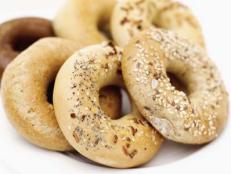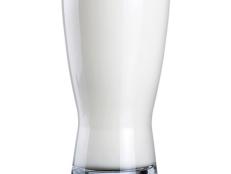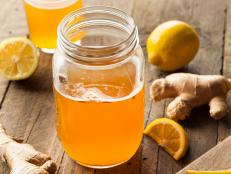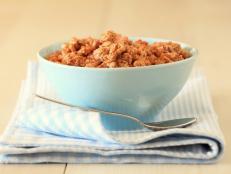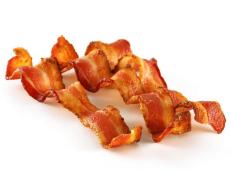Good or Bad: Whipped Topping
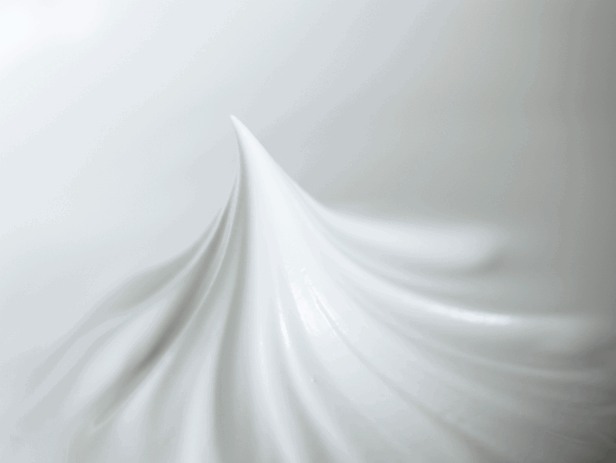
sot, sot
Everyone gets excited about a fluffy pile of sugary whipped goodness, dolloped high atop a slice of pie or ice cream sundae. Store-bought whipped topping may seem like a healthy alternative to decadent whipped cream, but you might want to read this before you garnish your next dessert.
Whipped toppings tend to come in lower on the calorie-and-fat scale than traditional whipped cream. Two tablespoons of frozen whipped topping contain 25 calories and 1.5 grams of fat, while canned whipped topping has about 20 calories and 1 gram of fat for the same two-tablespoon serving. You may be shocked to learn that the same two-tablespoon serving of whipped cream has 100 calories and 10 grams of fat. And seriously, who eats only two tablespoons of any of this stuff?! Premade whipped toppings offer convenience, as a sweet and creamy serving is a quick spoonful or spray away.
Whipped topping comes at a high price — nutritionally and financially. Whipping cream costs about 25 cents per ounce, compared with 37 cents per ounce for frozen tubs of whipped topping. The canned varieties carry the highest price tag, at 46 cents per ounce.
The most-alarming quality of whipped topping is the ingredient list. Check out the back of any tub and you will find a hot list of things you’ve been warned to avoid, including hydrogenated oils (aka trans fats) and high-fructose corn syrup; water is also the first ingredient (bet you thought you were buying cream). Canned whipped topping has a slightly better ingredient list — the first ingredient is actually cream, followed by sugar and corn syrup.
Bottom Line: Whether you choose homemade whipped cream or buy whipped toppings, use them sparingly. If you want a convenient option, reach for a squirt of the canned type; it’s best to avoid the tub varieties altogether.
Dana Angelo White, MS, RD, ATC, is a registered dietitian, certified athletic trainer and owner of Dana White Nutrition, Inc. , which specializes in culinary and sports nutrition.


























